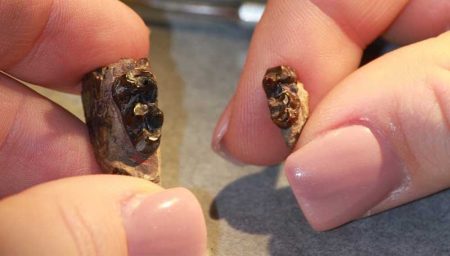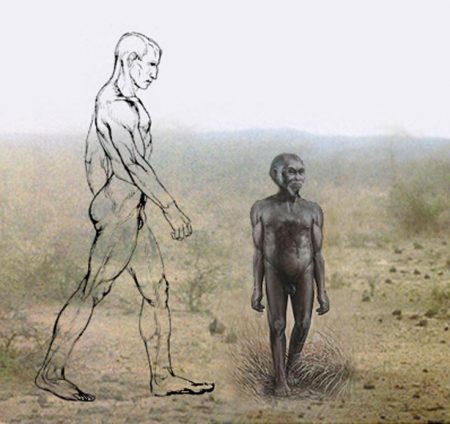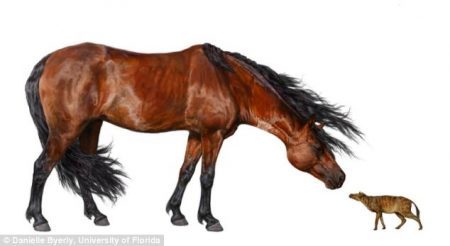March 18, 2017 – When you take a baby out on a cold winter morning you layer the clothes on for him or her more than for yourself. Why? Because smaller warm-blooded creatures lose heat faster than big ones.
The geological record shows that smaller size is a consequence of global warming. During the Paleocene-Eocene Thermal Maximum (PETM), a hyperthermal event 56 million years ago, mammals shrank in size according to research done at University of New Hampshire and published on March 15, 2017, in Science Advances. The authors of the study describe perturbations in the global carbon cycle and rapid global warming at that time “analogous in many ways to present greenhouse warming.” So does that mean we may see dwarfing among mammalian species including ourselves as the world warms?
The research proposes that body mass responds to create more efficient ways to reduce body heat. Smaller bodies lose heat faster. Another advantage, smaller bodies need less food which may be vital in a world where food security may be compromised by climate change. The precipitation record during the PETM indicates extensive droughts which likely led to drier soil conditions and higher frequency of wildfires.
The hyperthermal lasted 180,000 years and is recognizable in both marine and terrestrial carbon isotopes. Temperatures increased over a 10,000 year period between 5 and 8 Celsius (9 and 14 Fahrenheit) degrees globally. In the Bighorn Basin of Wyoming, the record shows significant changes to mammals with rapid turnover in species and adaptation by survivors to smaller sizes.
The fossils found in sandstone and mudstone deposits give us a picture of dry floodplains and open-canopy forests. Fossils include reptiles, birds, amphibians, plants and mammals. Mena annual temperatures in the Bighorn reached between 19 and 26 Celsius (67 and 78 Fahrenheit) degrees. Analysis of fossil mammal tooth enamel including crown area of molars provides a high correlation to body size showing a decrease of at least 30% in mass during 130,000 of the 180,000 years the PETM lasted. Mammalian species studied include Arenahippus, an early horse, and Diacodexis, a small antelope herbivore.

Have we seen dwarfism in our own species caused by environmental change?
The closest analog is Homo Florensiensis, whose fossils were discovered on the island of Flores in Indonesia. Known affectionately as the hobbit, Florensiensis co-existed with modern humans from 50,000 to 12,000 years ago. A mere meter (3 feet, 3 inches) in height, Florensiensis may have been a population of Homo Erectus that shrunk in a process known as island dwarfism.

Island dwarfism has been seen in other mammalian species including:
- Pygmy Mammoth, found in the Channel Islands, 10% the mass of their mainland ancestors
- Pygmy Elephant, found on Crete, Cyprus, Timor and Flores
- Channel Island Fox smaller than domestic house cats
- Bali Tiger extinct since the middle of the 20th century
- Cozumel Raccoon weighing in at less than 4 kilograms (9 pounds)
- Balearic Island Cave Goat, 50 centimeters (19.5 inches) tall
- Mindoro Dwarf Buffalo, a miniature version of Water Buffalo
- Key Deer, found in the Florida Keys
















